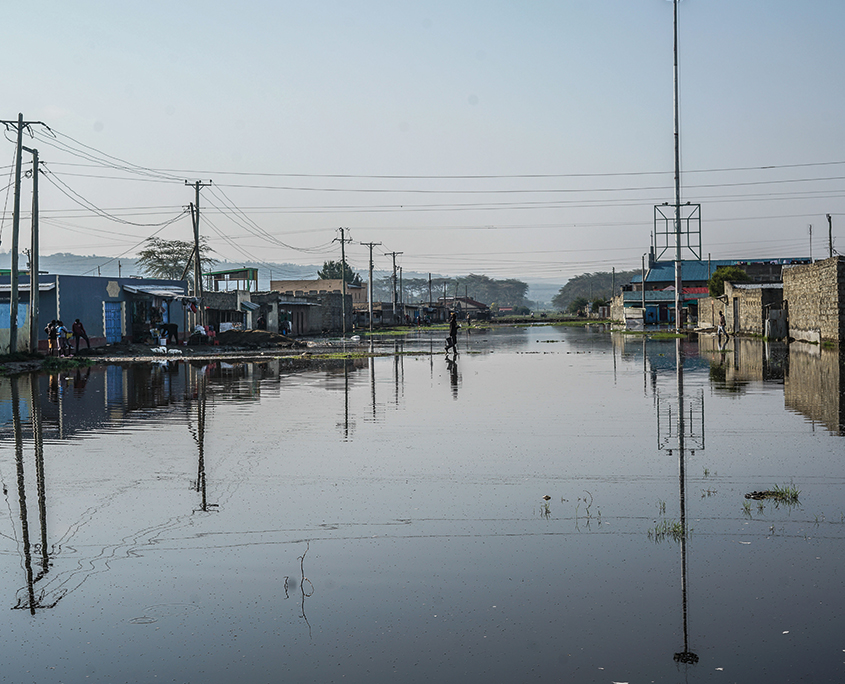International Day for Disaster Risk Reduction
Reducing disaster losses in Africa amid declining international assistance
Across Africa, the frequency and impact of disasters, whether climate-related, biological, or conflict-induced, are increasing. At the same time, international financial assistance for humanitarian response and recovery is declining. This dual trend exposes a growing vulnerability, as many African countries continue to rely heavily on external support to cope with floods, droughts, cyclones, epidemics, and displacement. As global aid budgets tighten and competing crises divert donor attention, it becomes more urgent than ever for African governments and institutions to invest in disaster risk reduction (DRR) as a sustainable means of minimising losses and protecting development gains.
Economically, the cost of inaction is high. Disasters in Africa already cause billions of dollars in damage annually, erasing progress in infrastructure, agriculture, and livelihoods. When resources are limited, reactive spending, such as mobilising funds only after disasters strike, proves far more expensive than preventive measures, including early-warning systems, resilient construction, and ecosystem restoration. Investing in DRR therefore makes fiscal sense: it reduces the long-term burden on national budgets while attracting private and regional co-financing for climate resilience.
From a development planning perspective, integrating DRR into national and local policies strengthens sustainable growth. Urban expansion, deforestation, and poorly planned settlements are amplifying risk in many African countries. Embedding risk assessments into spatial planning, building codes, and agricultural practices can prevent avoidable losses. In this sense, DRR is not a standalone activity, but rather a lens for better governance, linking environmental protection, public health, and infrastructure development under one framework of resilience.
Declining international aid also underscores the need for stronger regional cooperation mechanisms. Institutions such as the African Union (AU), Regional Economic Communities (RECs), and the African Risk Capacity (ARC) have begun developing early-warning systems, pooled insurance, and mutual support frameworks. Expanding these initiatives could help countries share knowledge, pool financial risks, and respond collectively to transboundary threats such as drought or locust invasions. Africa’s own frameworks, such as the Programme of Action for the Implementation of the Sendai Framework for Disaster Risk Reduction (2015-2030), already provide guidance for building such cooperation.
From a community and local governance perspective, declining assistance presents an opportunity to rethink dependency models. Africa can lead in reframing disaster management from a reactive humanitarian concern to a proactive development priority. Blending domestic financing, regional solidarity funds, and private-sector participation will be key. Equally important is documenting and communicating Africa’s own innovations in resilience, ensuring that lessons learnt on the continent shape global disaster policy rather than merely respond to it.
Going forward, as international aid declines, Africa’s resilience will increasingly depend on its own capacity to anticipate, prevent, and recover from disasters. Prioritising risk reduction investments today is not just an economic or environmental necessity but also a statement of self-reliance and forward planning that secures the continent’s development future.



